The lynx is a fascinating wildcat, shrouded in mystery and surrounded by legends. With its piercing eyes, tufted ears, and distinctive ruff of fur around its neck, this elusive feline has captured the imagination of people for centuries. In this article, we will delve into the secrets of the lynx and uncover the truth behind the myths.
Species of Lynx:
There are several species of lynx that are recognized by taxonomists, including the Eurasian lynx, the Canada lynx, and the Iberian lynx and Bobcat. Each species has its own unique characteristics, but they all share certain traits that make them well-adapted to their environments.
Eurasian Lynx (Lynx lynx):
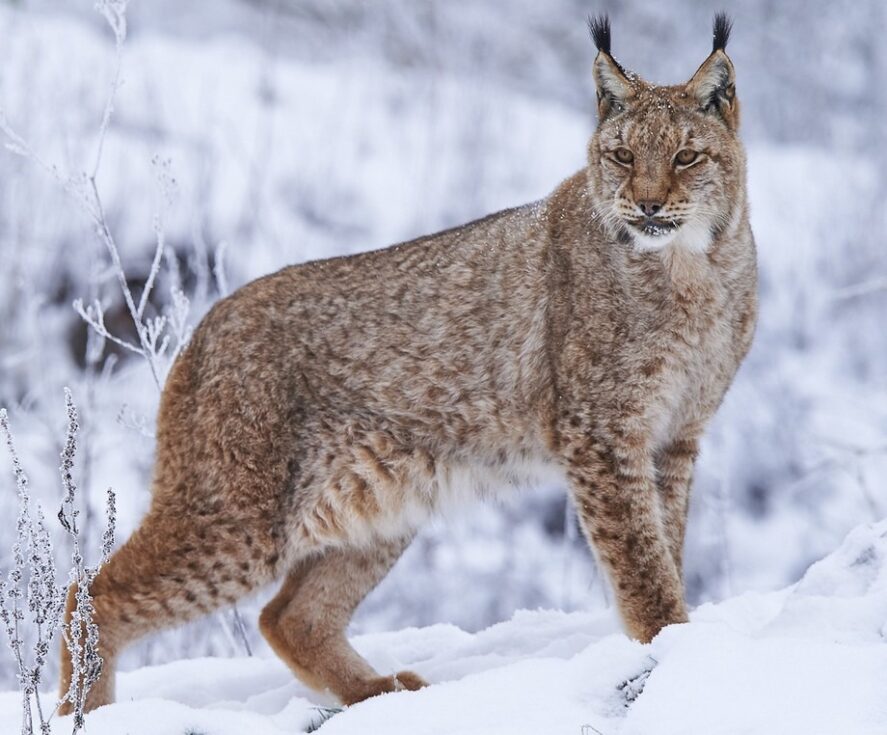
The Eurasian lynx is the largest of the four lynx species, and it is found throughout northern Europe and Asia. This species is known for its large size, with males weighing up to 88 pounds, and its distinctive fur, which is pale brown with dark spots.
Canada Lynx (Lynx canadensis):
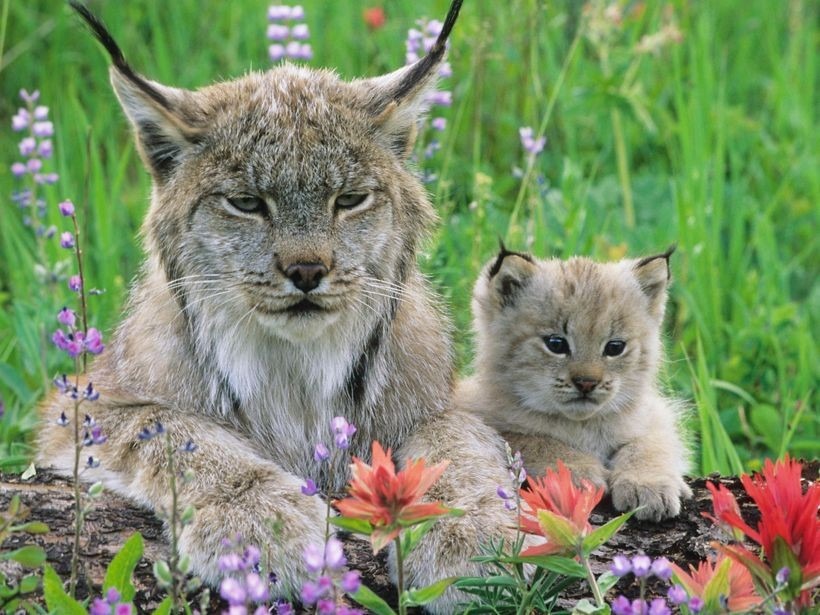
The Canada lynx is found throughout Canada and Alaska, as well as in some parts of the contiguous United States. This species is smaller than the Eurasian lynx, with males weighing up to 24 pounds. Its fur is grayish-brown with black spots.
Iberian Lynx (Lynx pardinus):
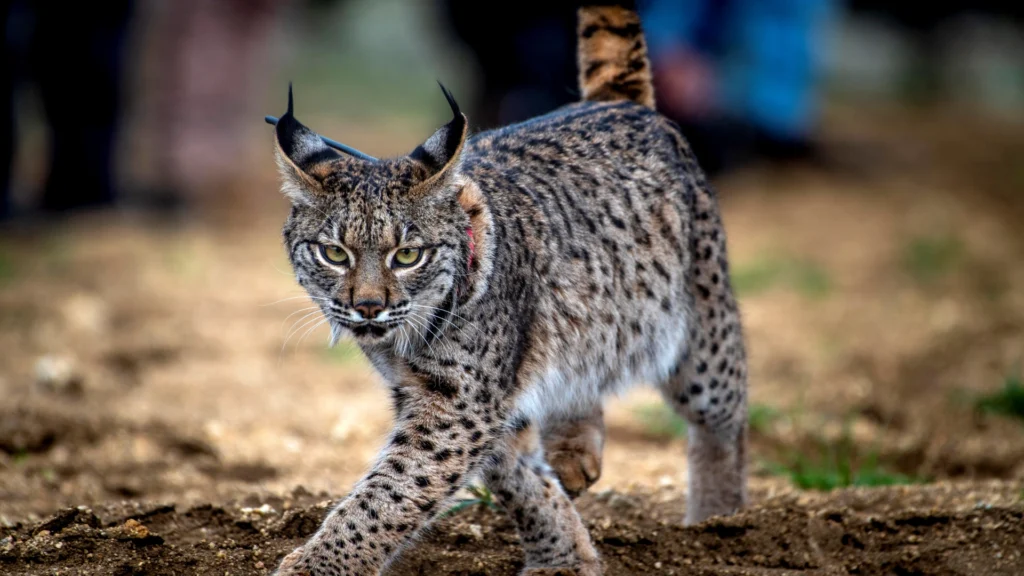
The Iberian lynx is found only on the Iberian Peninsula in southwestern Europe. This species is the most endangered of all the lynx species, with only around 400 individuals remaining in the wild. It is smaller than the Eurasian lynx, with males weighing up to 33 pounds. Its fur is reddish-brown with black spots.
Bobcat (Lynx rufus):
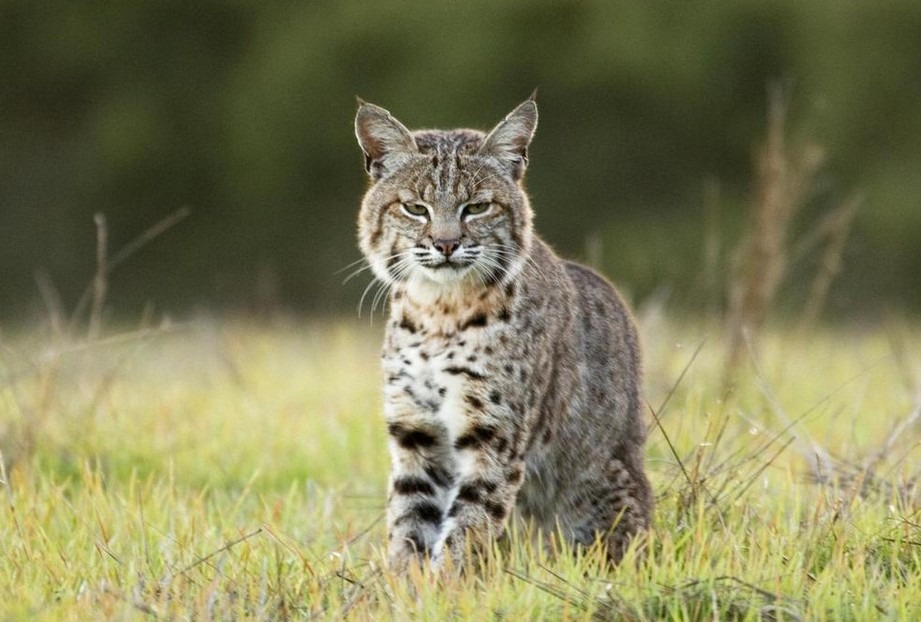
The bobcat is found throughout North America, from southern Canada to northern Mexico. This species is smaller than the Canada lynx, with males weighing up to 40 pounds. Its fur is tawny or brownish-yellow with black spots.
While all four species of lynx share certain physical characteristics, such as tufted ears and distinctive facial ruffs, they also have their own unique traits that allow them to thrive in their specific environments.
Most Striking Features of the Lynx
Lynx is one of the most unique and fascinating creature of nature with some of the magnificent features. These striking features include:
Ear tufts: The lynx has long tufts of black hair on the tips of its ears, which serve as an adaptation for hearing prey and for communication with other lynx.
Large, padded paws: The lynx has wide, padded paws that act like snowshoes, allowing it to walk on top of deep snow without sinking. This is especially important for hunting in cold, snowy environments.
Short tail: The lynx has a short, stubby tail, which helps it maintain balance while climbing trees and jumping on prey.
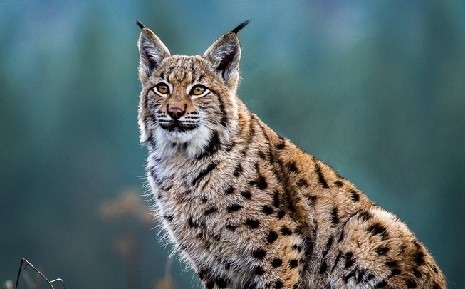
Spotted fur: The lynx has a coat of thick, spotted fur that varies in color from reddish-brown to grayish-brown. The spots help to camouflage the lynx in its natural environment.
Powerful build: The lynx has a muscular build, with strong legs and shoulders that make it a powerful hunter. It can take down prey much larger than itself, such as deer and caribou.
Sharp Vision: One of the most striking features of the lynx is its sharp vision. With eyesight that is six times better than that of humans, the lynx can spot prey from a distance of over 200 feet. This keen eyesight is essential for hunting in the dense forests and snowy landscapes where the lynx lives.
Long leg: Another adaptation of the lynx is its long legs, which are designed for running and leaping. These powerful limbs allow the lynx to jump up to 10 feet in the air and cover great distances in pursuit of prey.
Lynx as a Hunter
The lynx is a solitary and elusive animal. It prefers to hunt alone and avoids contact with humans whenever possible. This has made it difficult for scientists to study the behavior and habits of the lynx, leading to many myths and legends surrounding the animal.
Myths About Lynx:
One of the most common myths about the lynx is that it is a ferocious predator that poses a threat to humans. In reality, the lynx is a shy and reclusive animal that rarely attacks humans. In fact, there are no recorded instances of a lynx attacking a human in North America.
Another myth surrounding the lynx is that it is a cunning and deceitful animal. This belief likely stems from the lynx’s ability to move silently through the forest, making it difficult to detect. However, this does not mean that the lynx is intentionally deceptive. Rather, it is simply using its natural abilities to hunt and survive in its environment.
Final Words:
Despite its elusive nature, the lynx is an important predator in many ecosystems. Its presence helps to control populations of prey animals, such as rabbits and rodents, which can have a significant impact on the surrounding ecosystem.
Unfortunately, the lynx is also facing many threats to its survival. Habitat loss, climate change, and hunting are all contributing to declines in lynx populations around the world. In some areas, the lynx is considered to be a threatened or endangered species.
To protect the lynx and ensure its survival, conservation efforts are underway around the world. These efforts include habitat restoration, captive breeding programs, and restrictions on hunting and trapping. By working together to protect the lynx and its habitat, we can help to ensure that this magnificent animal continues to thrive in the wild.
